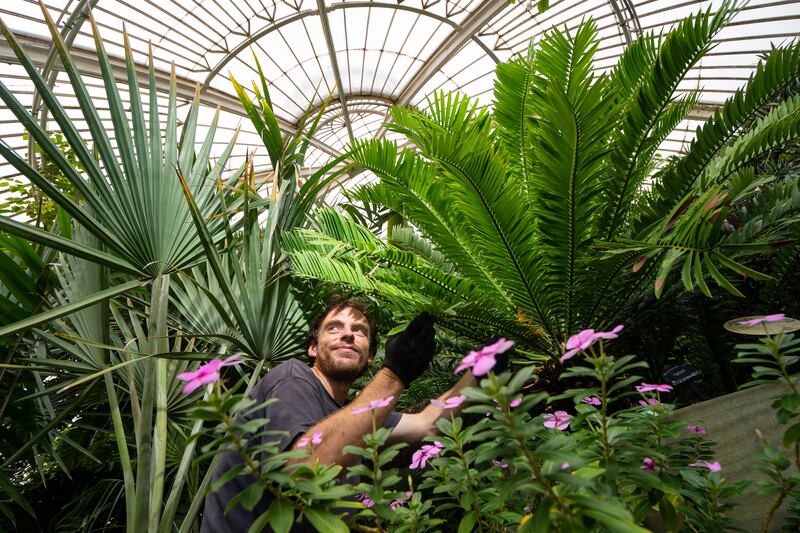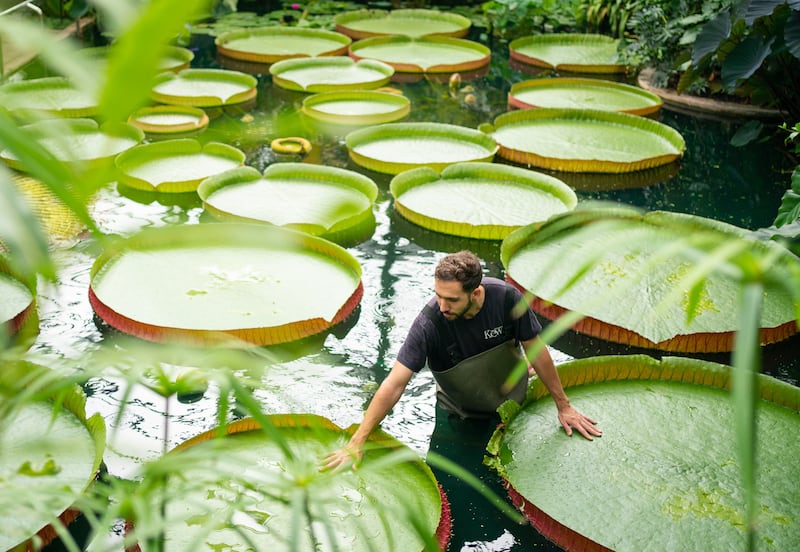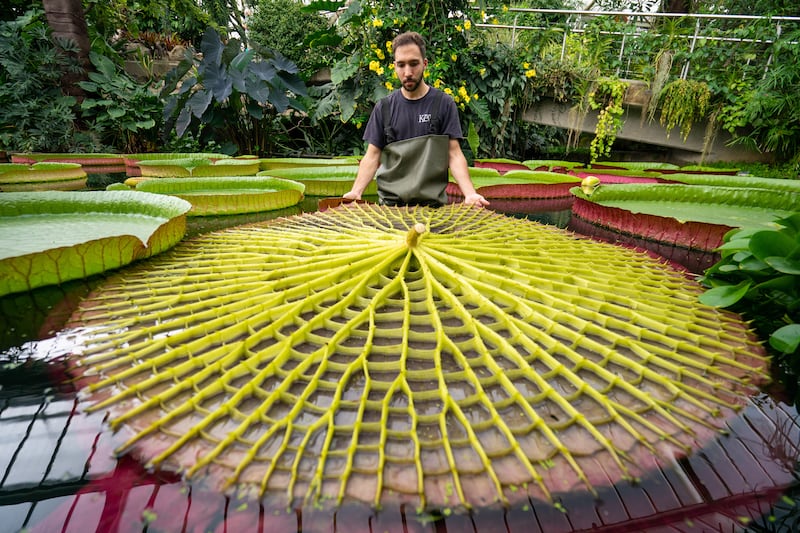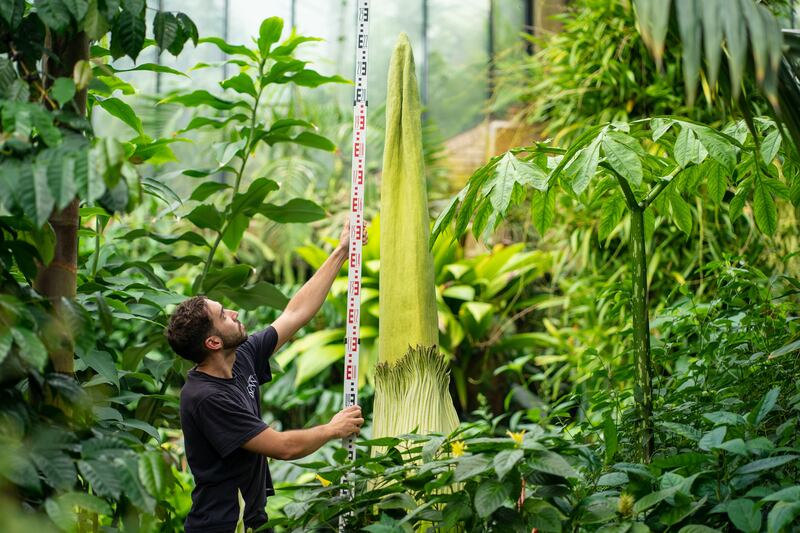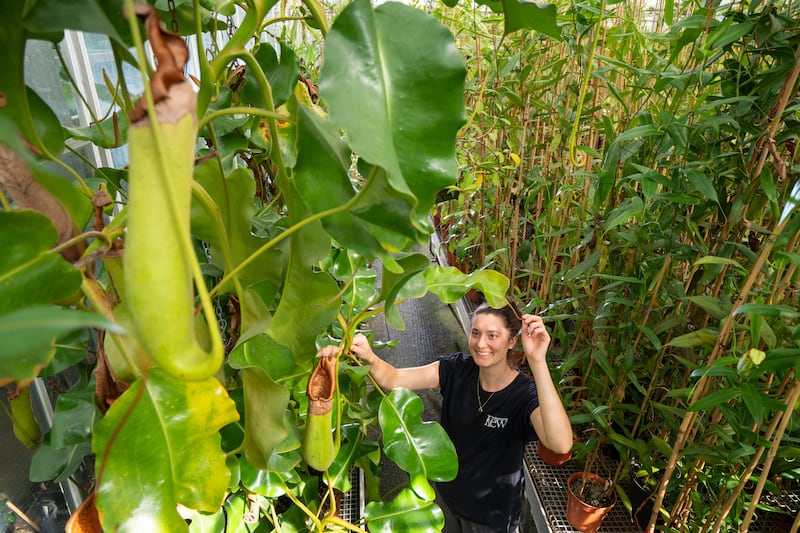Researchers from London's Kew Gardens said on Thursday that the cure to malaria could lie in plants South American tribes use to treat the disease, which kills tens of thousands of people a year.
Their findings were released on the day the gardens were honoured in Guinness World Records 2022 for housing the globe's largest plant collection.
The Kew scientists found indigenous populations in regions such as the Amazon had used more than 1,000 plant species to combat malaria.
Among these plants are the Aspidosperma excelsum Benth and the Cinchona officinalis bark, the latter of which is used by tribes in Colombia.
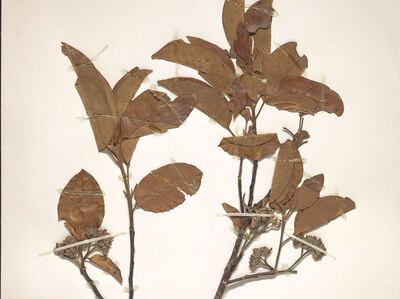
The antimalarial property of the plants was hitherto known only within South American tribes, and their discovery could make them a valuable factor in developing a vaccine to fight the disease which killed 400,000 people in 2019 alone.
Last month, a separate study found that a malaria vaccine significantly reduced serious illness for young people in Burkina Faso and Mali.
“[The plants] could assist with the development of healthcare strategies in the poorest countries in the world. However, this approach relies on continued access to traditional knowledge of how plants are used as medicines,” according to the study, led by Dr William Milliken.
It warned that this hereditary information is "disappearing rapidly as lifestyles change”.
"There is a growing need to document this traditional knowledge and support communities to maintain it, so that this invaluable knowhow, developed and refined over centuries, is available to future generations,” it said.
More optimistically, Kew researchers believe the methodology used in the study could be transferred to developing "healthcare strategies" for other lethal diseases.
“This technique could be applied to medicinal plants in other regions of the world, and for other diseases, to predict which plant species might also contain bioactive compounds that could provide potential medicines for the future. This approach may also help identify the most sustainable sources for them."
Kew Gardens recognised by Guinness World Records
Unesco World Heritage Site Kew Gardens had extra cause to celebrate on Thursday after its 16,900 species were named the world's largest collection in the 2022 edition of Guinness World Records.
They include the world's largest water lily and both the world's smelliest (Amorphophallus titanum) and oldest (Encephalartos altensteinii – pictured below) plants.
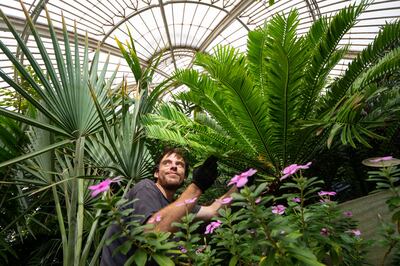
The rotten miasma of the former can be detected from nearly a kilometre away while the latter is a South African specimen that arrived in the country in 1775 and is often referred to as a living fossil.
